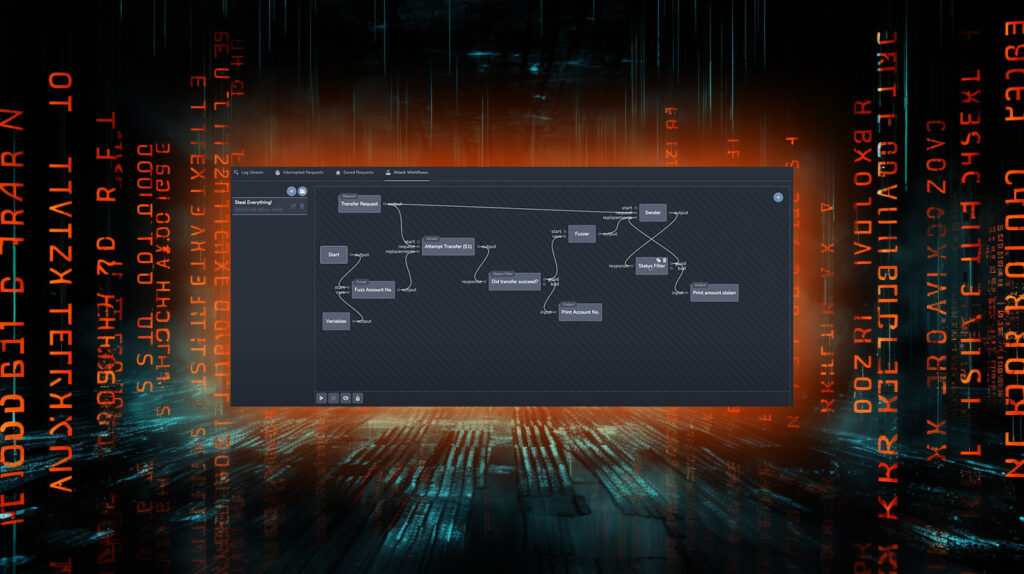In the rapidly evolving landscape of cybersecurity, small and medium-sized businesses (SMBs) are increasingly turning to advanced tools to bolster their defenses and streamline their operations. One such tool gaining traction is Reaper, an open-source reconnaissance and attack proxy designed to serve as a modern alternative to established offerings like Burp Suite and ZAP. As organizations strive to enhance security assessments and vulnerability testing, understanding how to leverage tools like Reaper within AI-driven workflows becomes crucial.
Reaper is built with a focus on automation and collaboration, traits that are essential for SMBs dealing with limited resources yet facing growing cybersecurity threats. Its capabilities allow teams to intercept and modify HTTP requests and responses, a fundamental task in pinpointing vulnerabilities in web applications. By saving and categorizing these requests for future analysis, businesses can streamline their testing processes, making previous findings readily accessible for reference and reuse.
One of the standout features of Reaper is its workspaces, which enable the management of multiple projects with specific settings tailored to each. This organization can be particularly advantageous for SMBs that juggle various client projects or internal applications. The ability to incrementally craft workflows visually allows team members—be they developers, security analysts, or IT staff—to collaborate effectively. Given that cybersecurity is a team sport, having a visual framework can bridge the communication gaps that often arise, especially for those who may not be as technically inclined.
From an operational efficiency perspective, automation is where Reaper truly excels. By automating straightforward tasks such as fuzzing and brute-forcing, organizations can save precious time and resources. This capability frees up skilled personnel to focus on more strategic initiatives, thus optimizing productivity. For example, a small security team could deploy Reaper to handle repetitive testing scenarios, allowing them to shift their attention to more complex vulnerabilities that require deeper analysis. This would ultimately accelerate the assessment process and let the team maintain rigorous security standards despite constraints.
Furthermore, collaboration features enable the creation, sharing, and optimization of custom workflows. When teams can build on each other’s insights, they not only improve their testing strategies but also standardize best practices across the organization. The importance of a shared understanding cannot be overstated, particularly in SMBs where turnover may disrupt continuity. By using a tool designed for mutual understanding, organizations can ensure that knowledge is retained and utilized regardless of personnel changes.
Liam Galvin, a Senior Software Engineer at Ghost Security and the lead developer for Reaper, emphasizes the tool’s role in making complex exploit demonstrations accessible. By providing a visual format, Reaper mitigates the common challenges faced when sharing legacy scripts that may not translate well across different team members. This simplicity in communication is vital, especially when addressing intricate findings during a security audit.
Looking to the future, the development team behind Reaper aims to introduce features that would further enhance its utility. An improved user interface is on the roadmap, as is a plugin architecture that would empower users to contribute their own functionalities. Additionally, a searchable database of exploits will allow users to quickly identify and engage with potential vulnerabilities using simple input parameters. Such features would not only elevate productivity but also significantly reduce the learning curve for new users.
For SMB leaders contemplating the integration of AI-driven workflows into their operations, investing in a robust tool like Reaper can yield significant returns. By increasing the efficiency and effectiveness of cybersecurity efforts, organizations stand to reduce downtime and bolster their defenses against potential threats. Moreover, the collaborative capabilities foster a culture of shared knowledge, ensuring that expertise remains within the organization. This is particularly valuable in today’s environment where cyber threats are increasingly sophisticated.
In conclusion, the integration of AI-driven tools and workflows into daily operations is not just a trend; it is an essential strategy for ensuring long-term resilience and efficiency. Reaper exemplifies how organizations can automate routine tasks while enhancing collaboration and knowledge sharing. By embracing such technologies, SMBs can not only safeguard their assets but also position themselves favorably in a competitive landscape.
FlowMind AI Insight: By adopting AI-driven workflows and leveraging tools like Reaper, SMBs can optimize their operations, improve decision-making, and enhance their cybersecurity posture. This strategic investment in technology not only protects against threats but also fosters a more agile and informed workforce, paving the way for sustained growth.
Original article: Read here
2023-09-05 07:00:00

